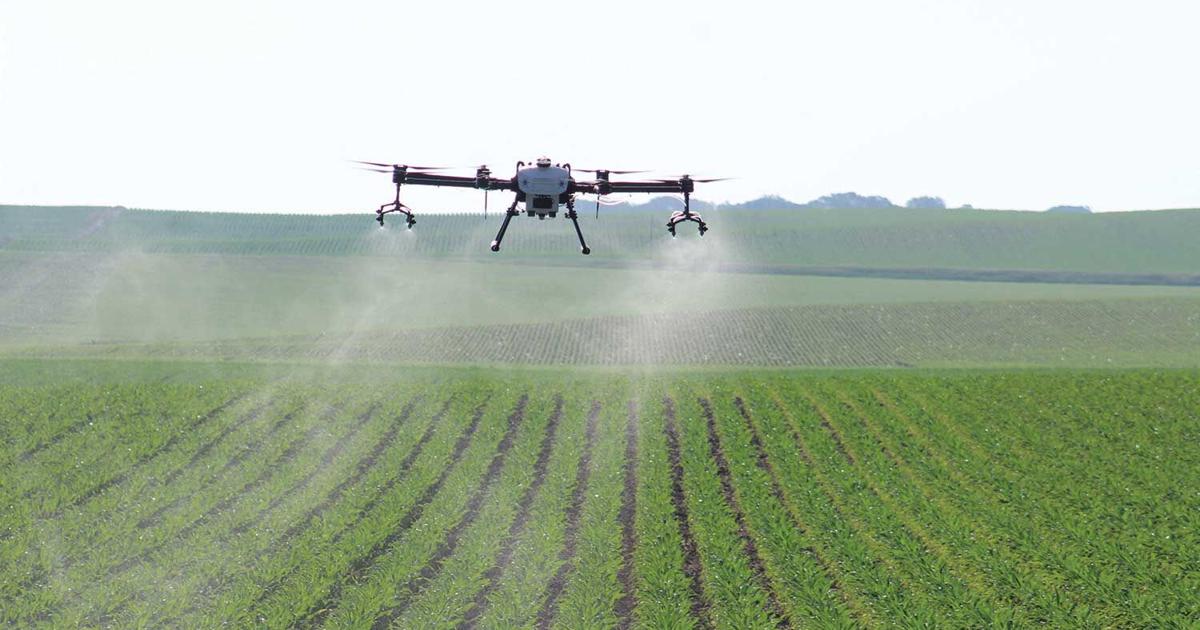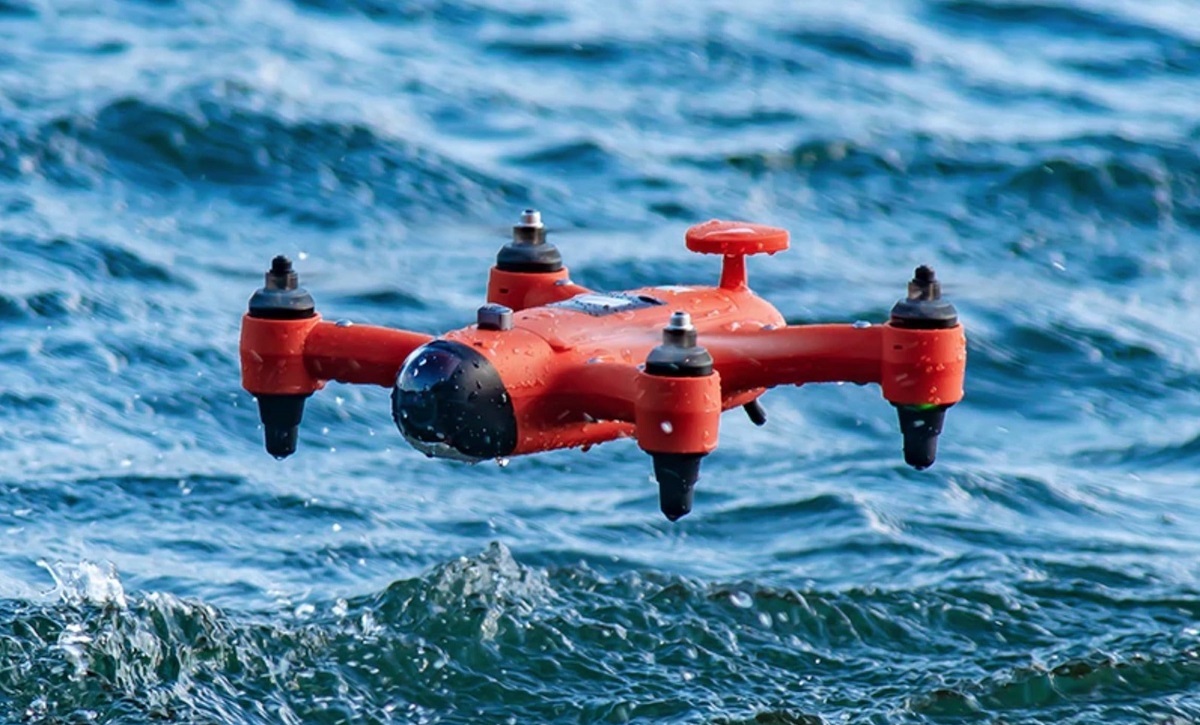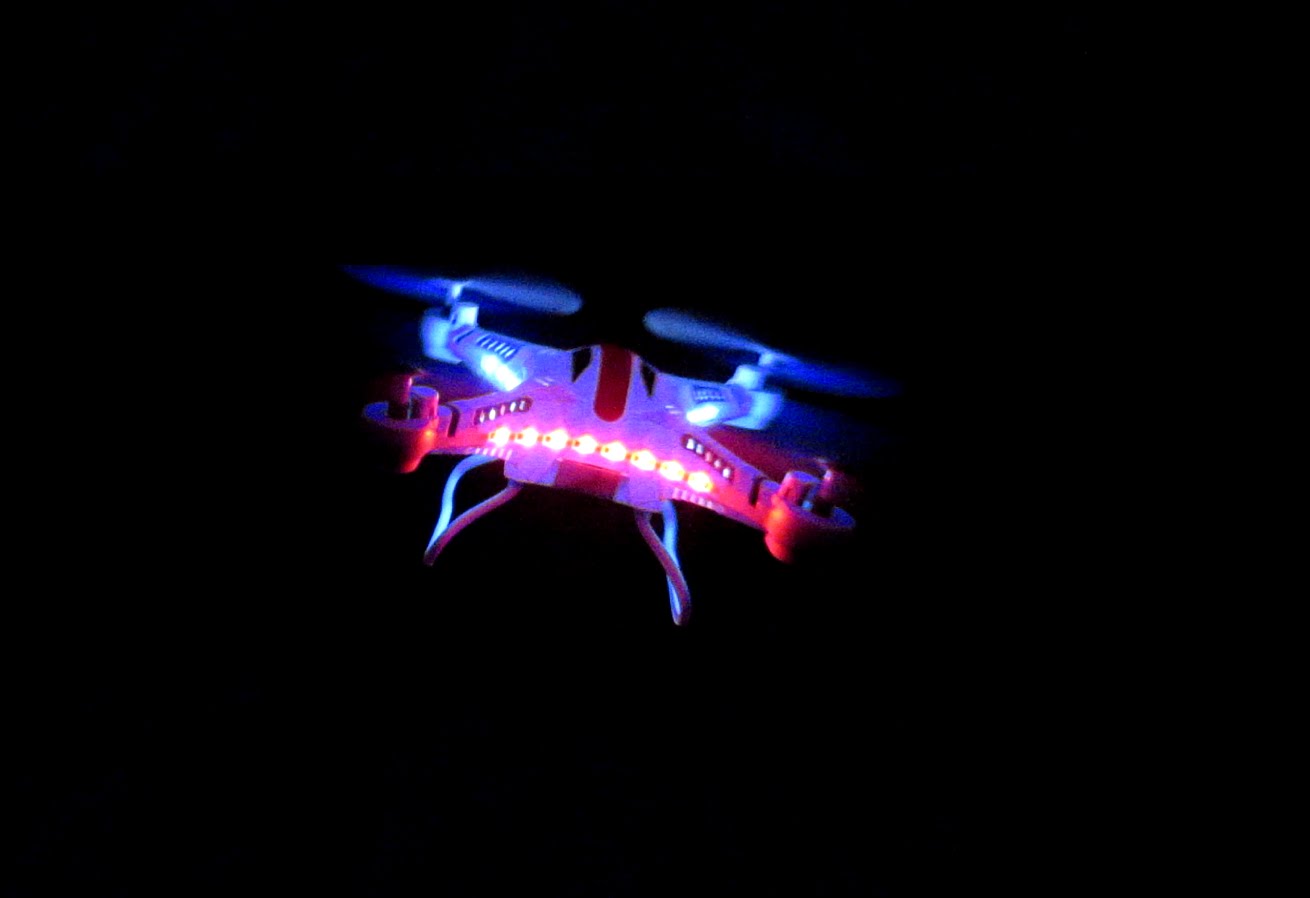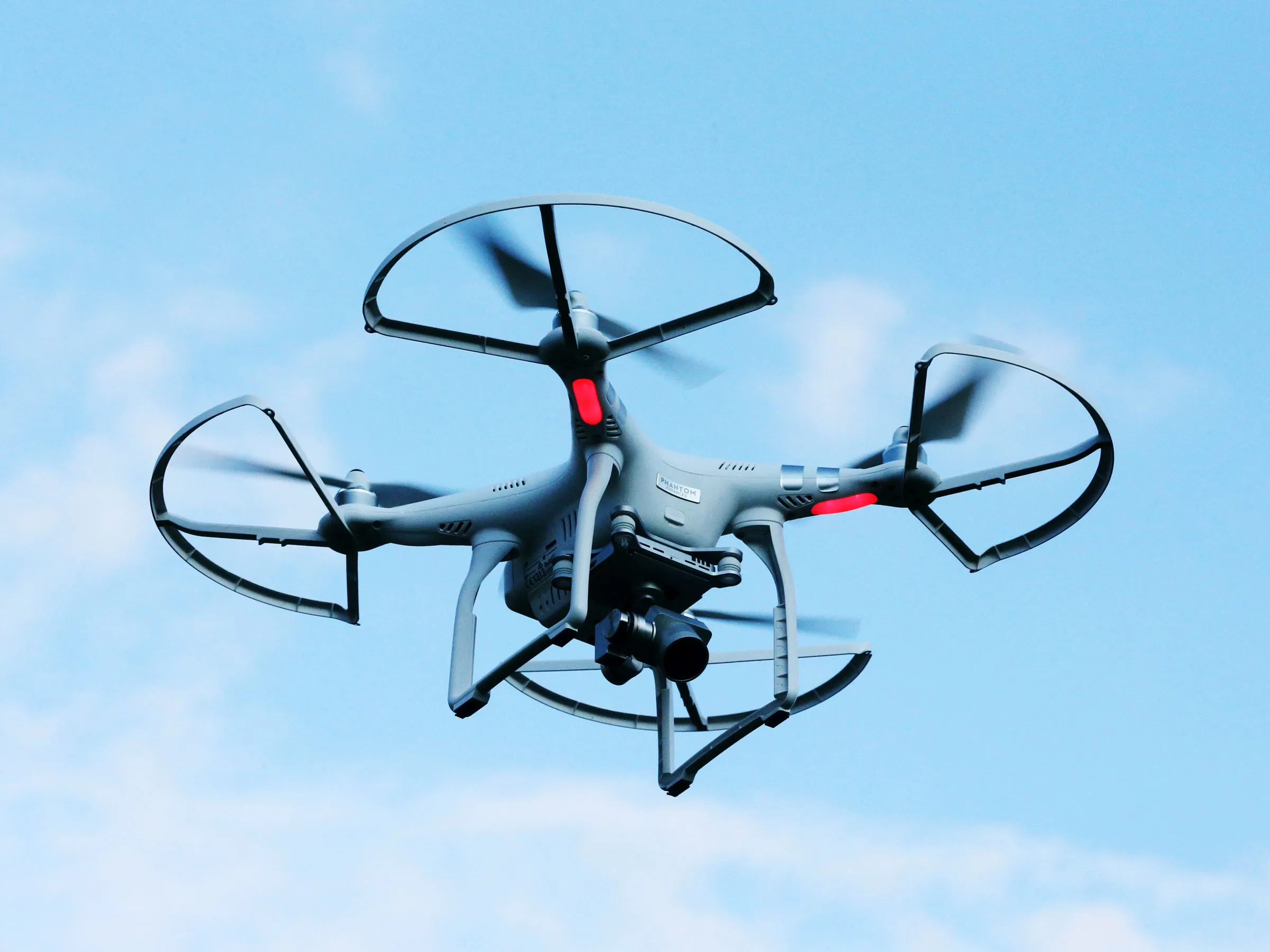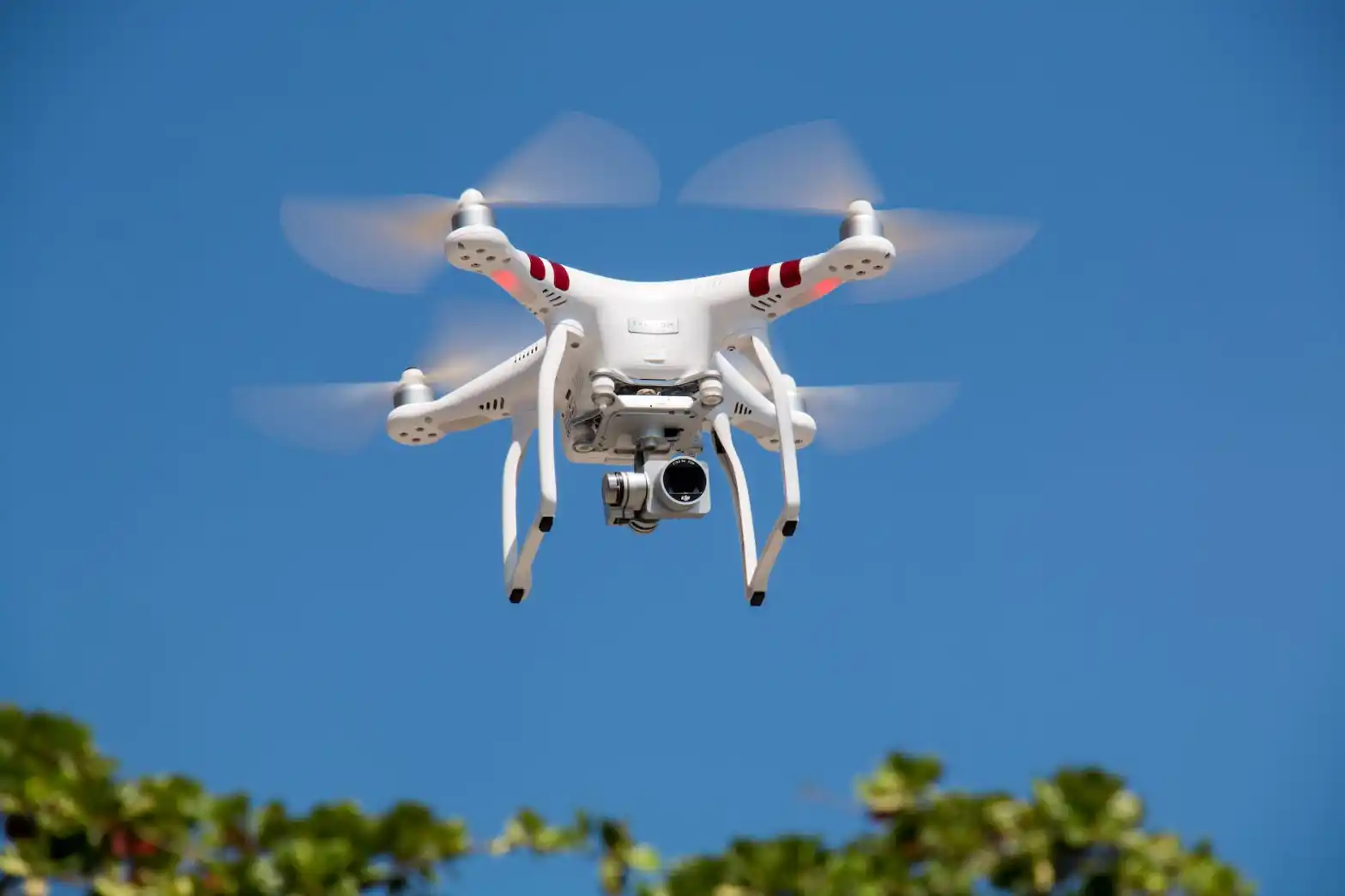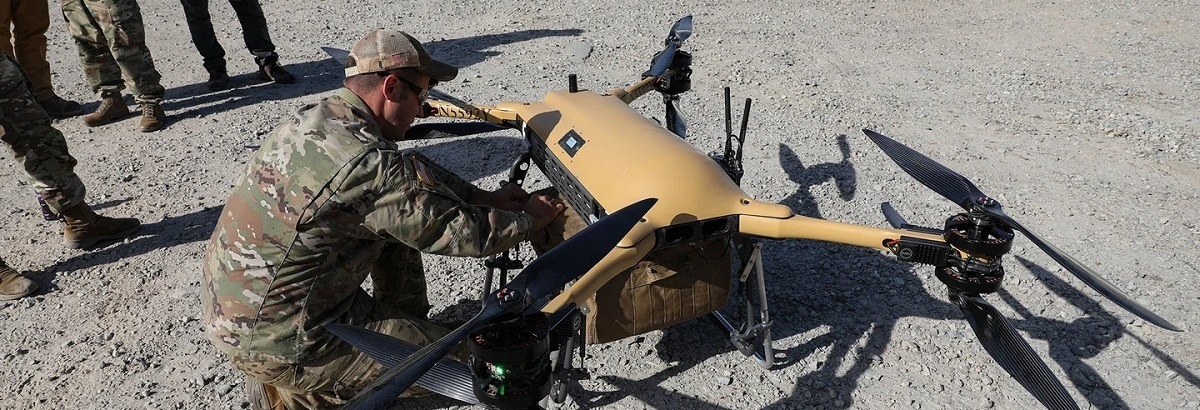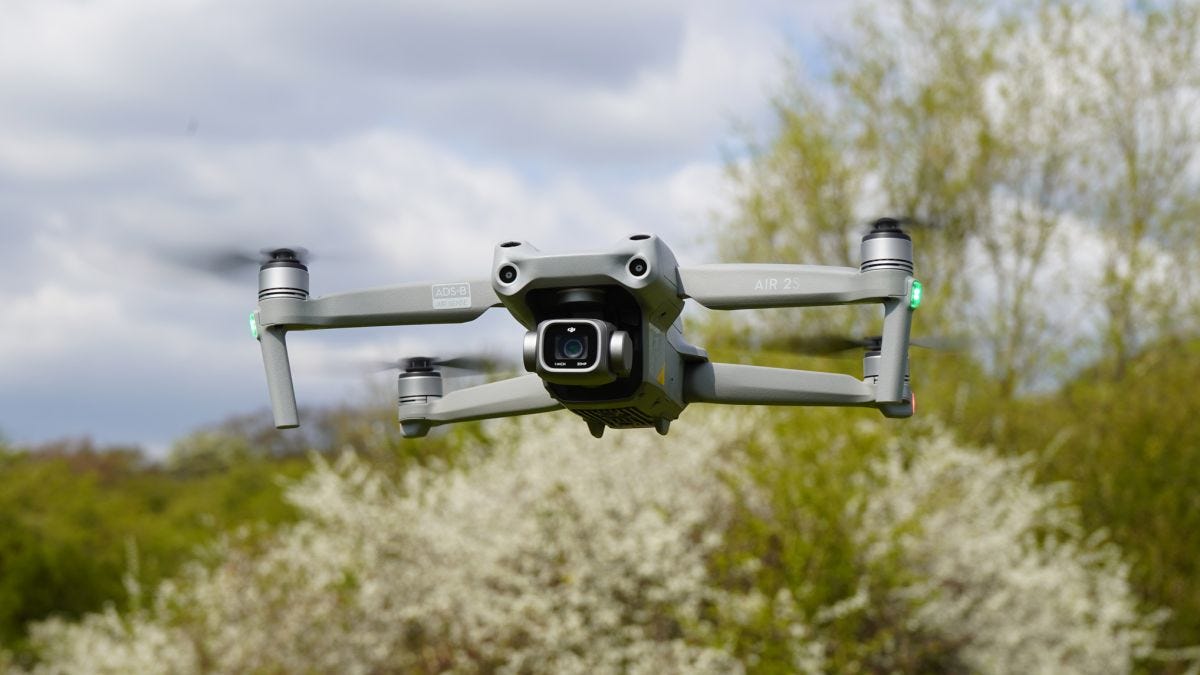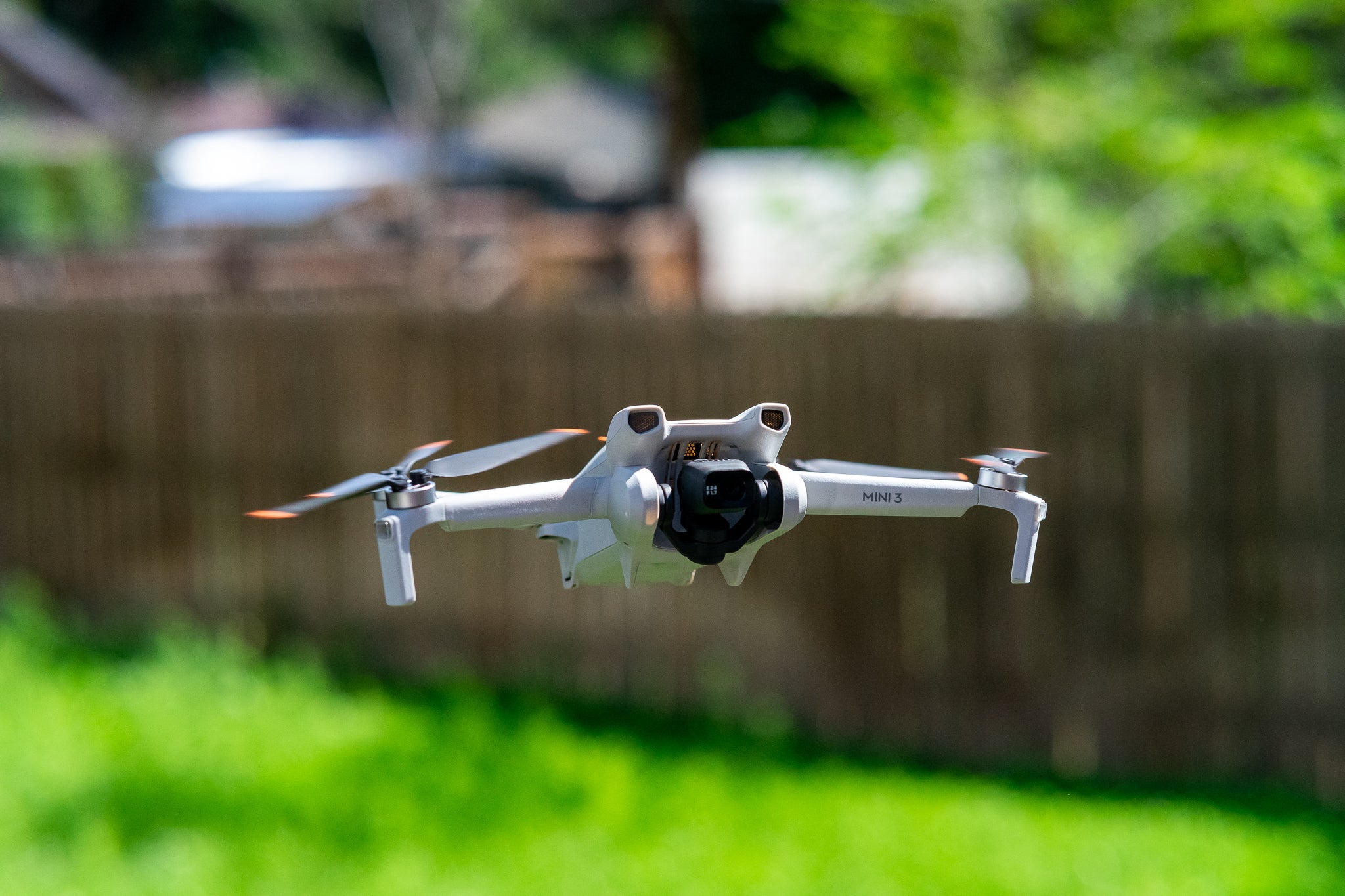Introduction
Drone spraying has emerged as a revolutionary technology in the agricultural industry, providing efficient and precise pest control and crop management solutions. As drone technology continues to advance, more and more farmers and agricultural businesses are turning to drone spraying services to enhance their productivity and reduce costs.
However, one crucial aspect that both drone operators and clients need to consider is how to charge for drone spraying services. Determining the right pricing strategy can be challenging, as it involves various factors such as operational costs, competition, and the value provided by the service.
In this article, we will explore the factors to consider when pricing drone spraying services and provide insights into determining the costs of operating a drone spraying business. Additionally, we will discuss different pricing strategies and models that can be adopted to ensure a fair and profitable pricing structure. By the end of this article, you will have a better understanding of how to calculate the cost per acre of drone spraying and how to set competitive prices in the market.
So, whether you are a drone operator looking to start a drone spraying business or a farmer in need of drone spraying services, continue reading to gain valuable insights on how to charge for drone spraying services.
Factors to consider when pricing drone spraying services
When it comes to pricing drone spraying services, several factors need to be taken into account to ensure a fair and profitable rate. Let’s explore some of the key considerations:
- Operational costs: One of the most significant factors in determining pricing for a drone spraying service is the operational costs involved. This includes expenses such as drone maintenance, fuel, insurance, software updates, and labor. Evaluating these costs accurately is crucial to setting a competitive pricing structure.
- Drone equipment: The type and quality of the drone equipment being used will also impact the pricing. More advanced and sophisticated drones may come at a higher cost, and this, in turn, can affect the rates charged for the spraying services. Additionally, the usage of specialized add-ons like high-resolution cameras or thermal sensors may increase the service’s value and justify a higher price.
- Service duration: The duration of each drone spraying service should be taken into account when determining the pricing. Longer or more complex spraying tasks may require more time and resources, which could justify a higher fee.
- Geographical location: The location where the service is being provided plays a role in pricing considerations. Factors such as the size of the agricultural area, accessibility, and local competition can vary from one region to another. It is essential to take these factors into account to adapt the pricing structure accordingly.
- Target crops and pests: Different crops and pests may require varying levels of expertise and specific spraying techniques. The complexity of the task and expertise required can influence the pricing of the service.
- Value proposition: Consider the unique value proposition offered by the drone spraying service. If the service provides advantages such as increased accuracy, reduced chemical usage, or faster turnaround times compared to traditional methods, it may warrant a higher price.
- Profit margin: Lastly, determining the profit margin you want to achieve from your drone spraying services is crucial. It is essential to strike a balance between offering competitive pricing to attract customers and ensuring your services are profitable and sustainable in the long run.
By carefully considering these factors, you can develop a pricing structure that is fair for your customers, covers your operational costs, and allows you to build a profitable drone spraying business.
Determining the costs of operating a drone spraying business
Before setting the prices for your drone spraying services, it is essential to have a clear understanding of the costs involved in operating your business. By accurately calculating these costs, you can ensure that your pricing structure is both competitive and profitable. Here are some key cost factors to consider:
- Drone and equipment: The cost of purchasing or leasing the drone itself is a significant expense to consider. Additionally, you may need to invest in other equipment such as spare batteries, chargers, propellers, and carrying cases. It is essential to factor in the initial investment and ongoing maintenance costs.
- Licensing and certifications: Depending on your location, there may be licensing and certification requirements for operating a drone spraying business. These can include obtaining a Remote Pilot Certificate from the Federal Aviation Administration (FAA) in the United States or similar certifications in other countries. You will need to consider the costs associated with obtaining and renewing these licenses.
- Insurance: As a drone operator, it is crucial to have proper insurance coverage. This can include liability insurance to protect against any damage or injuries caused by the drone during operations. The cost of insurance will depend on factors such as the value of the drone, coverage limits, and the nature of your operations.
- Personnel: If you require additional personnel to assist with drone operations, such as pilots or ground crew, you will need to factor in their salaries or wages. It is important to consider not only their hourly rates but also the number of hours they will be involved in each operation.
- Training and education: Ongoing training and education are crucial to stay updated with the latest regulations, technologies, and techniques in the drone spraying industry. You might need to allocate funds for attending workshops, conferences, webinars, or online courses to enhance your skills and knowledge.
- Maintenance and repairs: Drones require regular maintenance to ensure they are in optimal condition. This includes cleaning, software updates, and occasional repairs. It is essential to budget for these maintenance costs to keep your drones operating smoothly and minimize any downtime.
- Marketing and advertising: To attract customers and promote your drone spraying services, you may need to allocate funds for marketing and advertising efforts. This can include online advertisements, website development, content creation, and print materials.
- Overhead expenses: Don’t forget to consider other business-related expenses such as office rent, utilities, internet service, and administrative costs. These overhead expenses need to be factored into your pricing structure.
By carefully evaluating these costs, you can determine a fair and profitable pricing structure that covers your expenses while remaining competitive in the market. Keep in mind that accurate cost calculations and regular reviews are essential to adapt your pricing as your business grows and evolves over time.
Pricing strategies for drone spraying services
When it comes to pricing your drone spraying services, there are several strategies you can consider to ensure that your rates are competitive and appealing to potential customers. Let’s explore some of the most effective pricing strategies:
- Hourly rate: Charging an hourly rate can be a straightforward and transparent pricing method. You can set an hourly rate based on your operating costs and desired profit margin. This can work well for smaller-scale jobs or clients who require flexibility in terms of service duration.
- Package pricing: Offering package pricing can be an attractive option for clients who have ongoing spraying needs. This strategy involves bundling a certain number of acres or specific services together for a fixed price. By offering packages, you can provide cost savings for clients while ensuring a consistent revenue stream for your business.
- Tiered pricing: Implementing a tiered pricing structure can cater to different client requirements and budgets. This strategy involves offering multiple options with varying levels of service or acreage coverage at corresponding price points. It allows clients to choose the option that best suits their needs and budget.
- Volume-based pricing: If you expect to work with clients who have large-scale spraying needs, you can consider offering discounted rates based on volume. This incentivizes clients to engage your services for a higher volume of work, ensuring a steady flow of business while allowing you to optimize your resources and efficiency.
- Seasonal pricing: Adjusting your pricing based on seasonal demand can be a strategic approach. For example, you might offer lower rates during off-peak seasons when there is less demand for spraying services. This can attract cost-conscious clients and help you make the most of slower business periods.
- Value-based pricing: In some cases, clients may be willing to pay a premium if your drone spraying services offer unique value propositions. If your technology, expertise, or efficiency provides distinct advantages over traditional methods, you can justify higher prices based on the increased value you deliver to your clients.
- Competitive pricing: Lastly, it’s important to analyze the pricing strategies used by your competitors. Setting your prices slightly below or at the same level as your competitors can help you attract clients who are primarily price-sensitive. However, it’s crucial to ensure that such pricing strategies still cover your costs and maintain reasonable profit margins.
Ultimately, it is essential to choose a pricing strategy that aligns with your business goals, target market, and unique selling points. Regularly evaluate and analyze your pricing strategy to determine its effectiveness and make any necessary adjustments to stay competitive and profitable in the drone spraying industry.
Calculating the cost per acre of drone spraying
Calculating the cost per acre of drone spraying is crucial to ensure that you are setting appropriate prices for your services and maintaining profitability. Here are the key steps to calculate the cost per acre:
- Determine your operational costs: Start by identifying all the costs associated with operating your drone spraying business, including equipment, licensing, insurance, personnel, training, maintenance, marketing, and overhead expenses. This will give you a clear picture of your total operational costs.
- Estimate the time required per acre: Assess the average time it takes to complete spraying operations on one acre of land. This includes preparation, flight time, spray application, and any additional tasks needed for a successful operation. It’s important to take into account factors like the area of the field, the complexity of spraying tasks, and any site-specific challenges.
- Calculate the cost of labor: Determine the cost of labor per hour for each person involved in the spraying operation. This includes the drone pilot, ground crew, and any other personnel required. Multiply the labor cost per hour by the estimated time required per acre to get the labor cost per acre.
- Account for drone equipment depreciation: Drones and related equipment have a limited lifespan and depreciate over time. Estimate the expected lifespan of your equipment and calculate the depreciation cost per acre based on the initial investment and the number of acres you expect to cover during the equipment’s lifespan.
- Include the cost of materials: Take into account the cost of the spraying materials, such as pesticides, herbicides, and fertilizers, used per acre. This cost will vary depending on the type and quantity of materials required for each spraying operation.
- Add all the costs together: Sum up the operational costs, labor costs, equipment depreciation costs, and material costs to get the total cost per acre. Divide this total by the number of acres you expect to cover to determine the cost per acre of your drone spraying services.
It is important to revisit and reassess these calculations periodically to account for any changes in operational costs, equipment lifespan, labor rates, or material prices. Additionally, consider any profit margin you want to achieve and factor that into the cost per acre as well.
By accurately calculating the cost per acre, you can ensure that your pricing is fair, competitive, and aligned with the value you provide to your customers. It also allows you to make informed decisions regarding your pricing structure and profitability as your drone spraying business grows and evolves.
Pricing models for drone spraying services
When it comes to pricing drone spraying services, various models can be considered to suit different business goals and customer needs. Let’s explore some of the commonly used pricing models:
- Per acre pricing: The per acre pricing model involves charging a fixed rate for each acre of land that is sprayed. This model is simple and straightforward, allowing customers to easily understand the cost and plan their budget accordingly. It is particularly suitable for clients with variable acreage requirements.
- Tiered pricing: Tiered pricing involves offering different price tiers based on the size or complexity of the spraying job. For example, you could have different rates for small, medium, and large acreage or tiered pricing based on the type of crop or pest being targeted. This model allows for flexibility and can cater to a wide range of customer needs.
- Subscription-based pricing: A subscription-based pricing model offers customers the option to pay a recurring fee for ongoing drone spraying services. This can be beneficial for clients who require regular or seasonal spraying throughout the year. It provides consistency for both the customer and the drone operator in terms of service delivery and revenue generation.
- Performance-based pricing: Performance-based pricing takes into account the effectiveness and results achieved through the drone spraying service. This model can be based on factors such as the reduction in pest populations, increased yield, or improved crop health. It allows customers to pay based on the actual value they receive from the service, further incentivizing the drone operator to deliver high-quality results.
- Dynamic pricing: Dynamic pricing involves adjusting the rates based on current market conditions, demand, or specific client requirements. This model allows for greater flexibility in adapting to changing factors, such as peak seasons or urgent spraying needs. It requires careful monitoring and analysis of market trends and customer demands to optimize pricing.
- Value-based pricing: Value-based pricing focuses on the unique value proposition offered by the drone spraying service. It considers the benefits and advantages provided to the customer, such as increased accuracy, reduced chemical usage, faster turnaround times, or enhanced crop management insights. Pricing is set based on the perceived value added, allowing for higher rates for services that offer significant benefits compared to more traditional methods.
When choosing a pricing model, it is important to consider your target market, the specific needs of your customers, and your business objectives. Regularly evaluate the effectiveness of your chosen model and be open to making adjustments based on customer feedback and market trends to ensure a competitive and profitable pricing structure.
Considering the competition when setting prices for drone spraying
When determining the prices for your drone spraying services, it is vital to take into account the competitive landscape in the industry. Understanding your competitors’ pricing strategies and market positioning can help you set prices that are attractive to customers while ensuring your business remains profitable. Here are some important considerations:
- Analyze competitor prices: Research and analyze the prices that your direct competitors or other drone spraying service providers in your area are charging. Look at their pricing structures, any discounts or promotions they offer, and the services they provide at various price points. This research will give you a benchmark and help you gauge how your prices compare in the market.
- Evaluate the value you offer: Consider the unique value propositions and advantages your drone spraying services bring to the table. If you provide additional benefits like greater accuracy, less chemical usage, or more efficient operations compared to competitors, you may be able to justify higher prices. Conversely, if your services are similar to competitors, you may need to adjust your prices to stay competitive.
- Identify market gaps: Look for any gaps or untapped opportunities in the market that your competitors are not addressing. This could be a specific niche, a certain type of crop, or a particular region that is not well-served by existing providers. By identifying these gaps, you can position yourself as a specialized or unique provider and potentially set prices accordingly.
- Consider your target market: Understand your target market’s preferences and spending capacity. Consider factors such as the size and type of farms, the level of technology adoption, and the importance they place on efficiency or sustainability. Align your pricing strategy with these market considerations to attract customers while remaining competitive.
- Focus on quality and customer service: While price is an important factor, customers also value quality and exceptional customer service. Emphasize the quality of your services, the expertise of your team, and your commitment to customer satisfaction. Highlight how your offerings differ from your competitors and why customers should choose your services, even if your prices may be slightly higher.
- Be flexible: Be open to adjusting your prices as market conditions evolve or as you gain insights from customer feedback. Regularly monitor the market and make necessary tweaks to stay competitive. It may be necessary to occasionally revise your pricing strategy to attract new customers, retain existing ones, or respond to changes in the competitive landscape.
Remember that pricing is a dynamic aspect of your business, and it is important to regularly assess and adapt your prices based on market factors and customer demands. By considering the competition and finding the right balance between price, value, and profitability, you can position your drone spraying services effectively in the market.
Additional factors to consider when charging for drone spraying
Setting prices for drone spraying services involves considering various factors beyond operational costs and competition. Taking these additional factors into account can help ensure that your pricing strategy is comprehensive and fair. Here are some important factors to consider:
- Regulatory compliance: Compliance with regulations and obtaining the necessary permits and licenses can incur additional costs. It’s important to account for any fees or expenses associated with staying compliant with local aviation and spraying regulations.
- Risk and liability: The nature of drone spraying operations carries inherent risks. It’s crucial to assess the potential liability and insurance costs associated with accidents, property damage, or injuries during operations. These factors may vary depending on the location and the specific requirements of your clients.
- Market demand and seasonality: The demand for drone spraying services may fluctuate throughout the year based on crop cycles, weather conditions, and other factors. Consider how these seasonal patterns may impact pricing and plan accordingly.
- Customer relationships and loyalty: Building strong relationships with your customers and fostering loyalty can influence your pricing strategy. Repeat customers and long-term clients may be more willing to pay premium prices for your services based on the trust and value you have established with them.
- Availability of alternative solutions: Evaluate the availability and competitiveness of alternative spraying methods, such as conventional ground spraying, manual labor, or other aerial application services. If your drone spraying services provide distinct advantages over these alternatives, you may be able to justify higher prices.
- Market positioning: Consider how you want to position your drone spraying business in the market. Are you targeting high-end clients who prioritize precision and efficiency? Or are you focusing on cost-conscious customers who value affordability? Your market positioning can influence the pricing structure you choose.
- Long-term sustainability: Building a sustainable business requires setting prices that not only cover your costs but also generate a reasonable profit margin. Consider the long-term financial viability of your pricing strategy to ensure that your business remains profitable and sustainable in the industry.
By considering these additional factors along with operational costs and competition, you can develop a well-rounded pricing strategy for your drone spraying services. Regularly evaluate and adjust your pricing based on changes in the market, customer demands, and your business goals to stay competitive and profitable.
Conclusion
Setting the right prices for your drone spraying services is crucial for the success and profitability of your business. By considering various factors such as operational costs, competition, value proposition, and market demand, you can develop a pricing strategy that is fair, competitive, and sustainable.
Factors like equipment costs, licensing, insurance, labor, and material expenses need to be accurately calculated to ensure your pricing covers these essential operational costs. Additionally, analyzing the market and understanding your competitors’ pricing strategies can help you position your services and adjust your prices accordingly to attract customers.
Utilizing different pricing strategies, such as per acre pricing, tiered pricing, or value-based pricing, allows you to cater to diverse customer needs and differentiate your business in the market. It is important to regularly evaluate the effectiveness of your chosen pricing model and make adjustments as needed to stay competitive.
Considering additional factors including regulatory compliance, risk, market demand, customer relationships, and long-term sustainability can provide a comprehensive framework for pricing your drone spraying services. Flexibility in adapting to market dynamics and customer feedback is essential for maintaining competitiveness and profitability over time.
Ultimately, a well-crafted pricing strategy takes into account the unique characteristics of your business, the value you provide to customers, and the economics of the industry. By carefully considering these factors and regularly reviewing your pricing structure, you can ensure that your drone spraying services remain competitive, profitable, and successful in the ever-evolving agricultural landscape.







